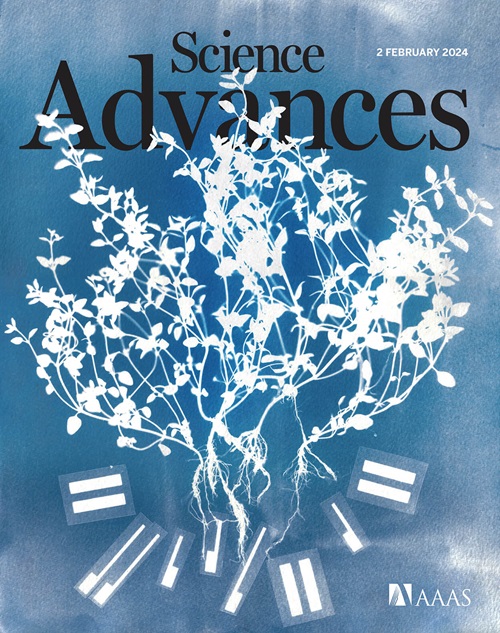Rescue-like behavior in a bystander mouse toward anesthetized conspecifics promotes arousal via a tongue-brain connection
IF 11.7
1区 综合性期刊
Q1 MULTIDISCIPLINARY SCIENCES
引用次数: 0
Abstract
Prosocial behaviors are advantageous to social species, but the neural mechanism(s) through which others receive benefit remain unknown. Here, we found that bystander mice display rescue-like behavior (tongue dragging) toward anesthetized cagemates and found that this tongue dragging promotes arousal from anesthesia through a direct tongue-brain circuit. We found that a direct circuit from the tongue → glutamatergic neurons in the mesencephalic trigeminal nucleus (MTNGlu) → noradrenergic neurons in the locus coeruleus (LCNE) drives rapid arousal in the anesthetized mice that receive the rescue-like behavior from bystanders. Artificial inhibition of this circuit abolishes the rapid arousal effect induced by the rescue-like behavior. Further, we revealed that glutamatergic neurons in the paraventricular nucleus of the thalamus (PVTGlu) that project to the nucleus accumbens shell (NAcSh) mediate the rescue-like behavior. These findings reveal a tongue-brain connection underlying the rapid arousal effects induced by rescue-like behavior and the circuit basis governing this specific form of prosocial behavior.

求助全文
约1分钟内获得全文
求助全文
来源期刊

Science Advances
综合性期刊-综合性期刊
CiteScore
21.40
自引率
1.50%
发文量
1937
审稿时长
29 weeks
期刊介绍:
Science Advances, an open-access journal by AAAS, publishes impactful research in diverse scientific areas. It aims for fair, fast, and expert peer review, providing freely accessible research to readers. Led by distinguished scientists, the journal supports AAAS's mission by extending Science magazine's capacity to identify and promote significant advances. Evolving digital publishing technologies play a crucial role in advancing AAAS's global mission for science communication and benefitting humankind.
 求助内容:
求助内容: 应助结果提醒方式:
应助结果提醒方式:


